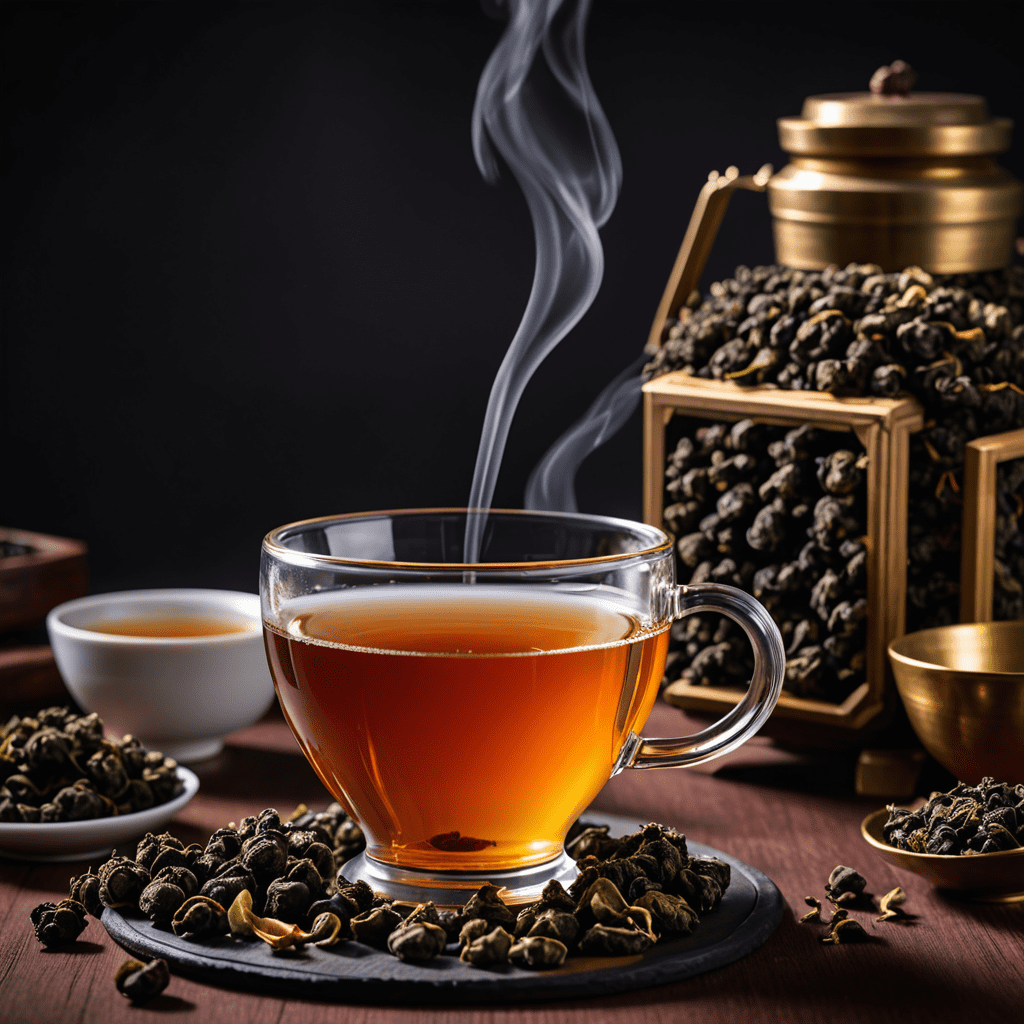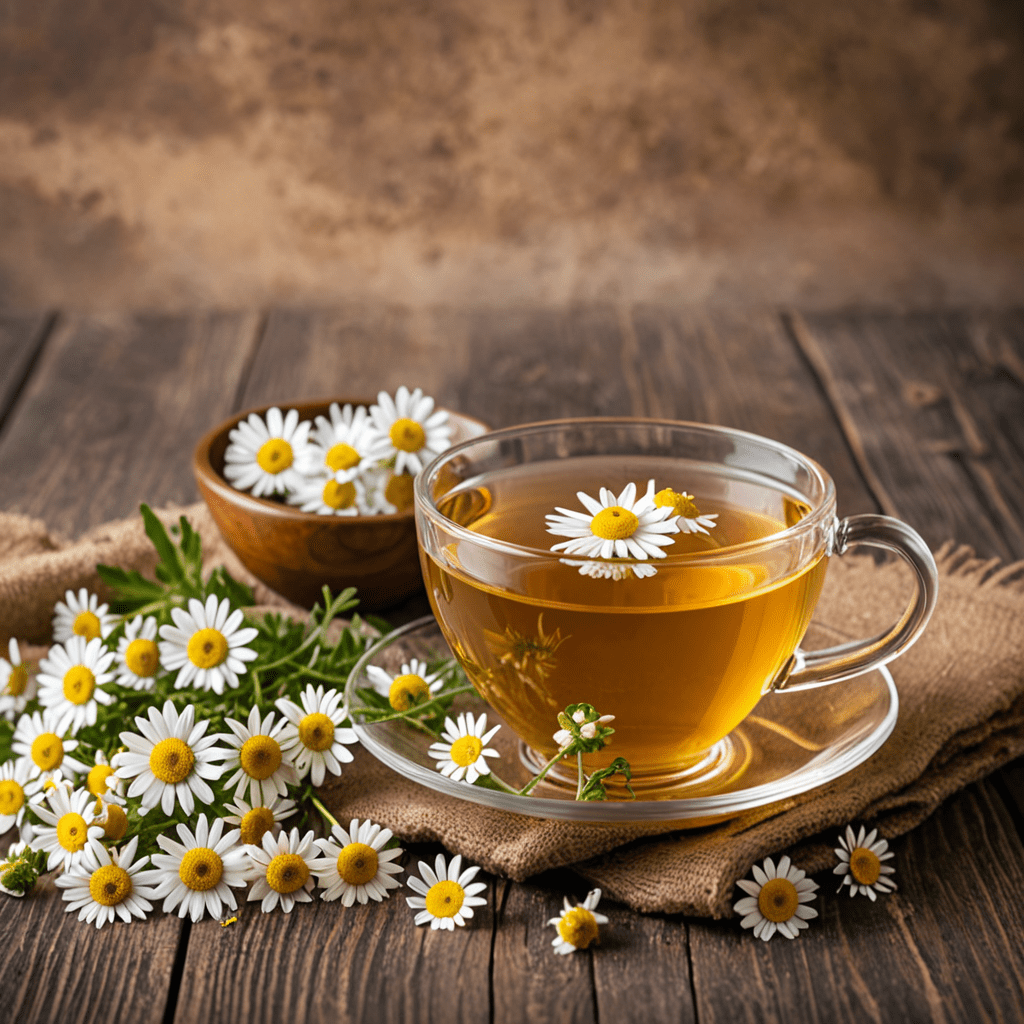Oolong Tea: The Art of Tea Tasting
Introduction to Oolong Tea
Oolong tea is a traditional Chinese tea that falls somewhere between green and black tea in terms of oxidation. It is known for its diverse flavors, aromas, and complexities, making it a favorite among tea enthusiasts.
The Importance of Tea Tasting
Tea tasting is a sensory experience that allows you to appreciate the nuances of different teas. By engaging your senses of sight, smell, and taste, you can uncover the subtleties that make each tea unique.
Preparation for Tea Tasting
Before starting a tea tasting session, it’s essential to use high-quality oolong tea leaves and fresh, filtered water. Ensure you have clean tasting cups or bowls and a quiet environment to fully focus on the tasting experience.
The Art of Tea Tasting
When tasting oolong tea, pay attention to the tea’s appearance, aroma, taste, and mouthfeel. Observe the dry leaves, noting their shape and color. When brewed, appreciate the aroma that emerges and take small sips to savor the taste profile.
Developing Your Palate
To enhance your tea tasting skills, practice regularly and explore different varieties of oolong tea. Take note of the tea’s origin, processing method, and brewing technique to understand how these factors influence its flavor.
Pairing Oolong Tea
Experiment with pairing oolong tea with various foods to discover complementary flavors. Lighter oolongs may go well with seafood or delicate pastries, while darker oolongs can be enjoyed with roasted meats or rich desserts.
Conclusion
In conclusion, the art of tea tasting offers a multi-sensory journey into the world of oolong tea. By refining your palate and exploring the nuances of different oolong varieties, you can deepen your appreciation for this exquisite beverage. Embrace the complexity of oolong tea and enjoy the rich tapestry of flavors it has to offer.
FAQ about Oolong Tea: The Art of Tea Tasting
What is Oolong Tea?
Oolong tea is a traditional Chinese tea that is partially oxidized, falling between green and black teas in oxidation levels. It offers a wide range of flavors and aromas based on its processing.
How is Oolong Tea Tasted?
To taste Oolong tea, assess the dry leaves for aroma, steep them at the correct temperature for the right time, then observe the infused leaves and taste the tea to savor its complexities.
What Are the Steps for Proper Tea Tasting?
Tea tasting involves examining the dry leaves, noting their appearance and aroma, followed by steeping the tea and evaluating the liquor’s color, aroma, taste, and mouthfeel.
How to Appreciate the Nuances of Oolong Tea?
Appreciating Oolong tea involves mindfulness. Pay attention to the tea’s appearance, aroma, taste, and mouthfeel. Note the changes in flavor with each steeping.
What are the Key Factors Influencing Oolong Tea’s Taste?
Factors like the tea’s oxidation level, terroir, processing techniques, and brewing methods all contribute to the diverse and nuanced flavors found in Oolong tea.

